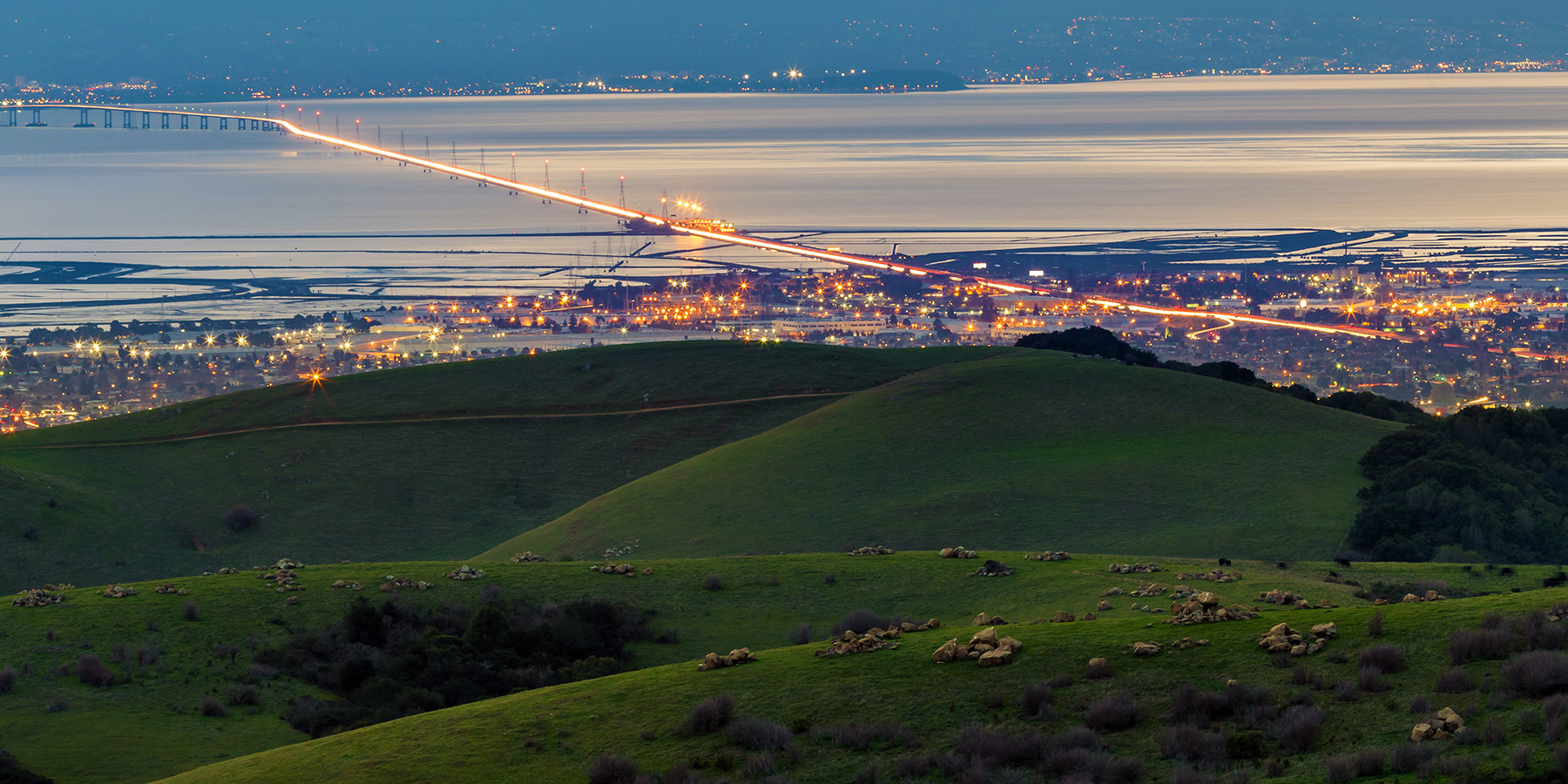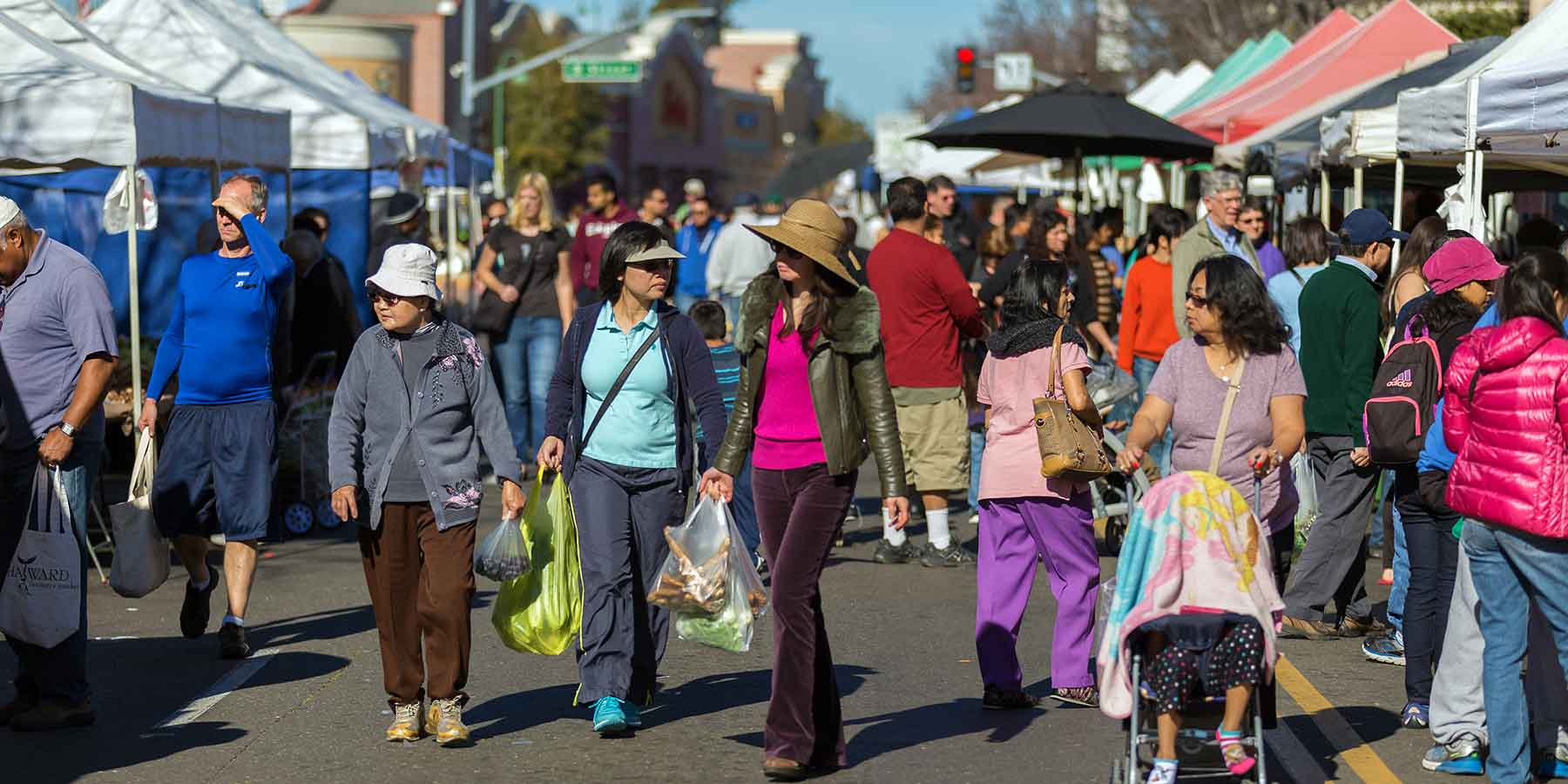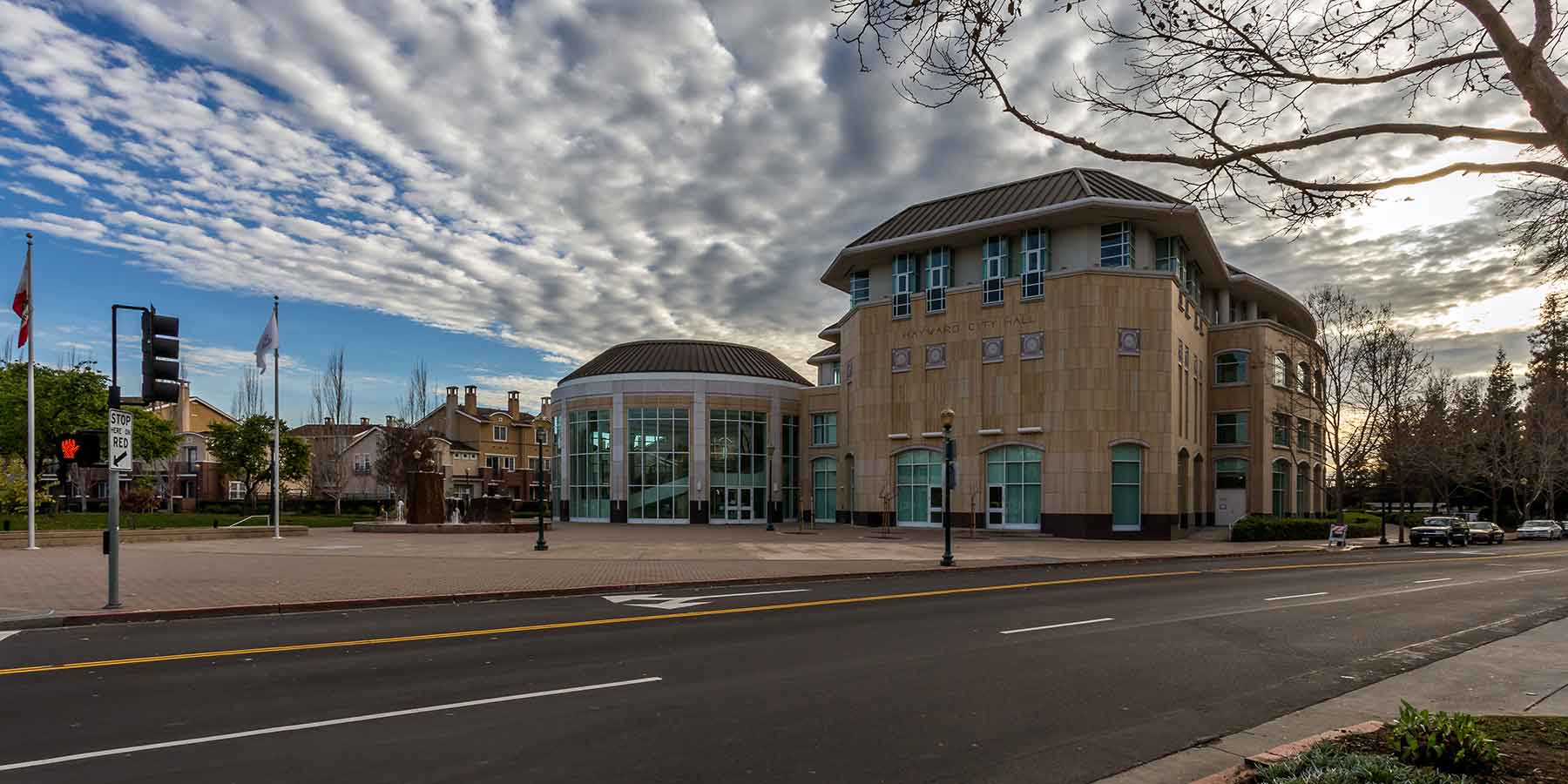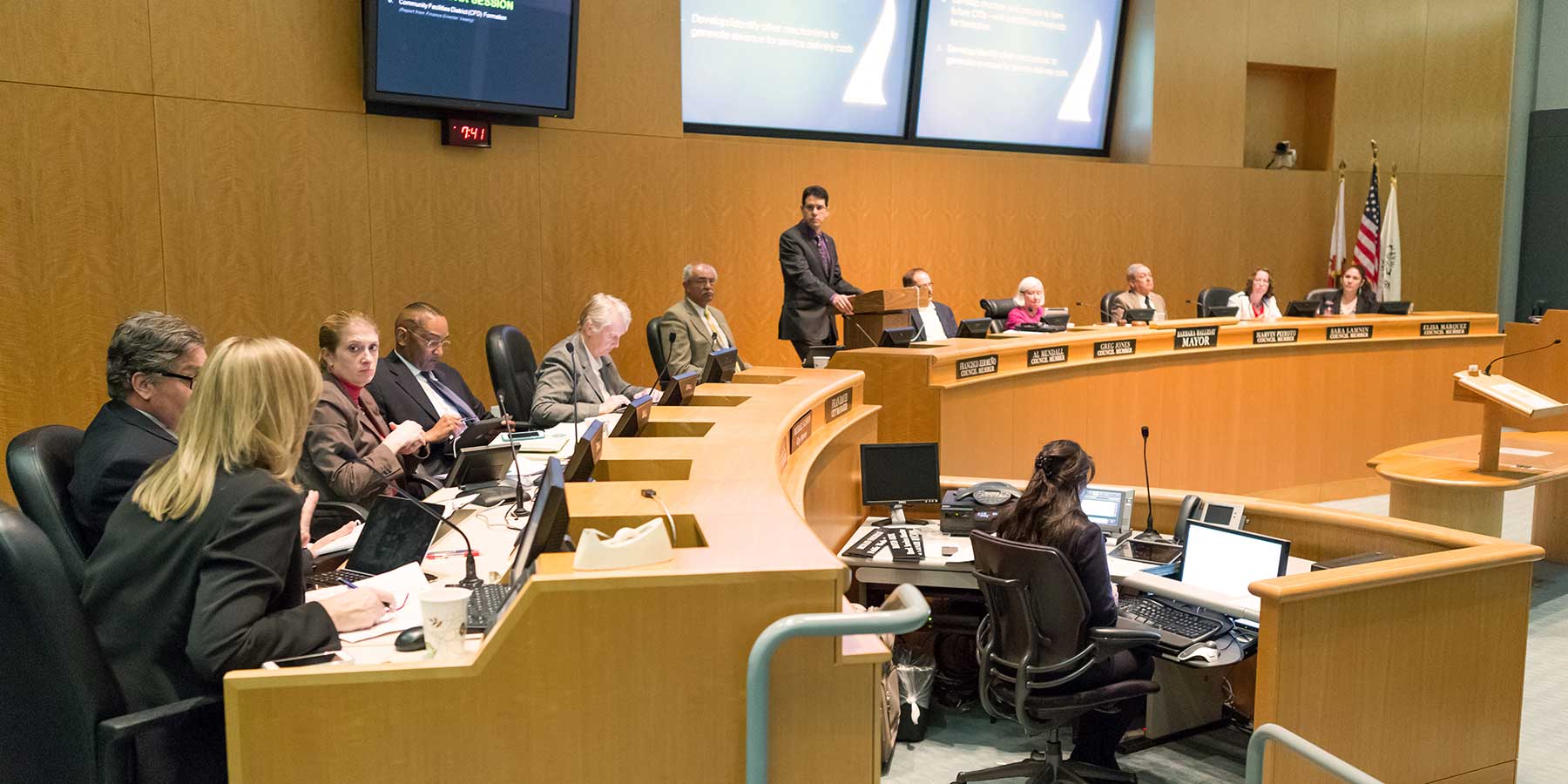General Plan FAQs for Residents
I'm a Resident
The General Plan lays out a long-term strategy for the type of community Hayward will be when today’s children and teens are adults. For young adults the General Plan helps create unique places for living, working, and socializing. For families, the General Plan supports safe, family-oriented neighborhoods, accessible parks and recreation activities, and a coordinated education system. Finally, the General Plan identifies the types of housing, services, and amenities available to seniors and the elderly to age in place and have a fulfilling and active lifestyle.
Will there be more free sports programs for children whose parents cannot afford them?
Recreational programs in Hayward are operated by the Hayward Area Recreation District (HARD) and the East Bay Regional Park District (EBRPD). Contact those agencies to find out about available fee reduction programs. While the City doesn’t directly provide sports and recreation programs, the General Plan does include policies that encourage HARD and EBRPD to create and maintain parks throughout Hayward, including those that could host recreational programs. See Goal HQL-10: Parks, Open Space, and Recreation in the Community Health and Quality of Life Element for more information.
Will the General Plan make my neighborhood safer?
Hayward’s safety challenges range from protecting people and property from crime, to responding to fires, medical emergencies, and natural disasters. The General Plan’s Community Safety Element contains goals and policies designed to improve community safety for each of the hazards mentioned. The General Plan also doubles as the city’s Community Risk Reduction Plan, which seeks to limit residents exposure to air pollution.
[To view the Implementation Programs in the Community Risk Reduction Plan, please go to Implementation Programs and click the "Community Risk Reduction" checkbox in the search sidebar.]
Will the General Plan drastically change any particular area of Hayward? Will the General Plan change my neighborhood?
Most neighborhoods in Hayward will not see significant changes between now and 2040. The General Plan will maintain and enhance the qualities of Hayward’s neighborhoods. Most of the new growth in Hayward will take place in the following five areas: The Downtown City Center, The Cannery Transit Neighborhood, The Mission Boulevard Mixed-Use Corridor, The South Hayward BART Mixed-Use Corridor, The South Hayward BART Urban Neighborhood.
Each of these areas has an adopted specific plan that details the type and location of development allowed. For more information on these areas of the city and how they will develop and change in the future, see Goal LU-2: Priority Development Areas in the Land Use Element.
What do I have to do to add on to my house, build a garage, or change my property?
The General Plan is a high-level “constitution” or “blueprint” for growth and development in Hayward. The policies and implementation programs do not specifically state the rules and regulations for the use of specific parcels in Hayward. For answers to those questions, consult the Hayward Zoning Code or contact the Hayward Development Services Department.
I'm concerned about the quality of schools in Hayward. How can the General Plan help our schools?
The City does not have direct control over school administration or curriculum, but by developing strategic partnerships has the potential to improve the quality of its public schools. The Education and Lifelong Learning Element contains goals, policies, and implementation programs to encourage school districts to reduce the educational performance gap between socio-economic groups, expand learning programs to take advantage of Hayward’s diversity, and maintain and develop parent-involvement programs, among others.
How can the City ensure that today's children and young adults are ready for college and prepared for the jobs of tomorrow?
The Hayward General Plan contains an Education and Lifelong Learning Element with policies and implementation programs that aim to improve Hayward’s public schools, enrich the education of Hayward’s youth, and expand the role of career training, higher education, and lifelong learning. The City of Hayward does not have control over local school districts or colleges, but it can develop partnerships between them and businesses to ensure Hayward’s youth are prepared for tomorrow’s economy. The City can also create an environment in which it is easier for youth and all city residents to focus on their education and pursue lifelong learning opportunities. Policies and implementation programs in the Education and Lifelong Learning Element detail the plans and partnerships the City of Hayward will pursue and implement to meet this goal.
Does the General Plan propose new parks or plan to improve existing ones?
The General Plan does not propose new parks or plans to improve existing ones, but the Parks and Recreation Master Plan does. Goal HQL-10: Parks, Open Space, and Recreation contains a policy that says the City will work with the Hayward Area Recreation District (HARD) to maintain and implement the Parks and Recreation Master Plan.
Does the General Plan make it any easier for me to walk bike in Hayward?
The General Plan contains two goal sections dedicated to walking and bicycling (M-5 and M-6) that include many policies that outline the City’s dedication to providing safe and plentiful sidewalks and bicycle facilities. The General Plan calls on the City to develop and adopt a pedestrian master plan. The plan would create strategies to improve pedestrian connections to schools, parks, transit, and commercial uses. Bicyclists and pedestrians would benefit from the Plan’s many complete streets policies and implementation programs, as many auto-oriented streets would be retrofitted with new or improved sidewalks and bike lanes.
How does the General Plan address health issues, such as childhood obesity and asthma?
Communities throughout the United States are facing rising levels of obesity, heart disease, asthma, diabetes, and other health issues resulting from a sedentary lifestyle, unhealthy diet, and exposure to poor air quality. Hayward is no exception. Recent research has found that land use planning and neighborhood design have the potential to improve the overall health and quality of life of residents by incorporating uses and design features that encourage people to live active and healthy lifestyles. The Hayward General Plan includes an entire chapter dedicated to this issue of health and quality of life, the Community Health and Quality of Life Element.
How does the General Plan attract more jobs for its residents?
Ensuring the economic health of Hayward is essential for maintaining and improving the quality of life of its residents. The Hayward General Plan includes an Economic Development Element that includes policies and implementation programs to support Hayward employers. The Element supports local entrepreneurship, encourages business expansion and retention, and fosters a town-gown economy. The Plan also includes an implementation program for developing a package of business incentives to encourage Hayward businesses to hire local residents. When the City works in partnership with private enterprise, Hayward’s economy will be stronger, with more jobs for residents of all skills and abilities.
How will the General Plan affect traffic?
Traffic is both a local and regional issue, and the General Plan contains policies and implementation programs to address traffic at both scales. At the local scale this General Plan introduces the concept of complete streets, which are streets designed and constructed to serve users of all modes, ages, and abilities. Complete streets policies can make it safer and easier for Hayward residents to walk, bike, and take transit in addition to driving in order to reduce traffic congestion. See the policies and implementation programs of Goal M-3: Complete Streets for more information.
Communities across the Bay Area contribute to traffic on state and federal highways, such as Highway 92 and Interstate 880. The General Plan contains several policies and implementation programs to reduce Hayward’s contribution to regional traffic problems. Implementation program M-16 calls for the City to adopt strategies for reducing rush hour traffic by encouraging staggered work hours, flexible schedules, and telecommuting. The Plan also includes several policies and implementation programs that support regional transit. See several of the goals in the Mobility Element for related policy information or go to the Implementation Programs and filter them by mobility.
How does the General Plan take into account the needs of all individuals, regardless of age?
The Hayward General Plan includes policies and implementation programs that specifically address the unique needs of residents of all ages. For example, the Education and Lifelong Learning Element contains goals for early childhood development as well as goals for lifelong learning. The Community Health and Quality of Life Element includes the goal “Aging in Place” to support opportunities for Hayward residents to remain in their community as they age. The Mobility Element includes a policy and implementation program for “Safe Routes to School,” a program that improves walking and bicycling safety for kids on their way to school.
How does the General Plan mitigate the risks associated with natural hazards?
Hayward is located in an area that is susceptible to a variety of potential disasters, including earthquakes, landslides, coastal flooding, and wildland fires. The Hazards Element provides goals and policies that address the risks and responses to all of the potential hazards in the Hayward area. The Community Safety Element’s Disaster Preparedness, Response, and Recovery goal (CS-5) provides additional policies about disaster preparedness and the response of emergency service personnel.
Can the City do something to make housing more affordable?
Rising housing prices and the general lack of affordable housing is an issue in most Bay Area communities. To comply with State law, Hayward must identify enough available land within its boundaries to meet the housing needs of all income groups. The amount of affordable housing Hayward is required to accommodate is assigned by the State and regional agencies every eight years. Currently, for the period from 2013 through 2022, Hayward must accommodate 1,331 low, very low, and extremely low income housing units, as well as 608 moderate-income units. Hayward’s plan for accommodating more affordable housing is the Hayward General Plan’s Housing Element. The City of Hayward doesn’t build housing, but the Plan helps encourage the construction and preservation of affordable housing by identifying appropriate sites, providing incentives to developers, and reducing regulatory barriers to housing development.








